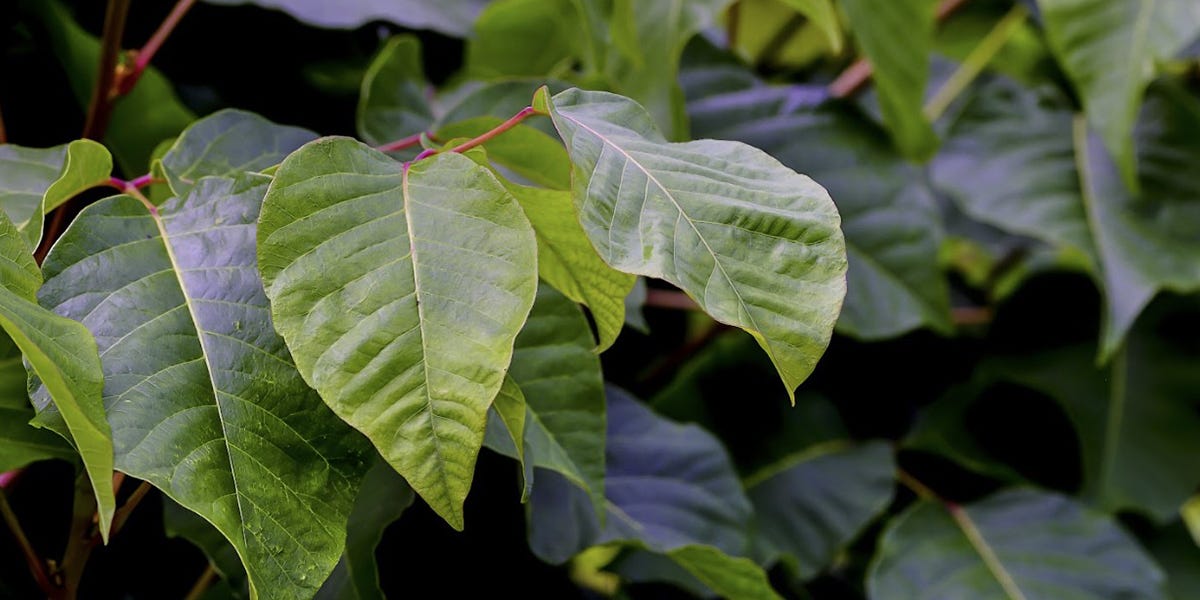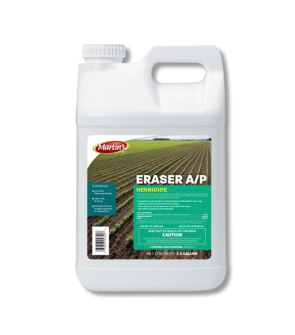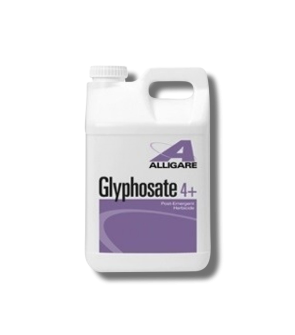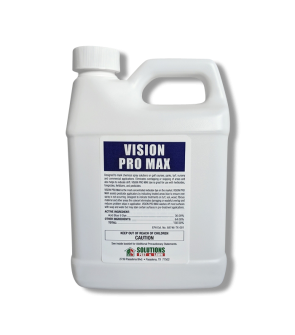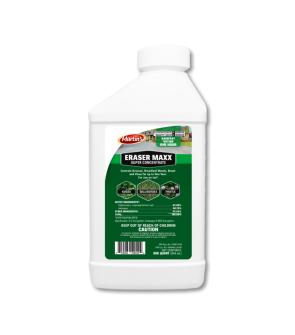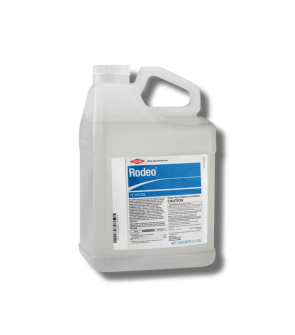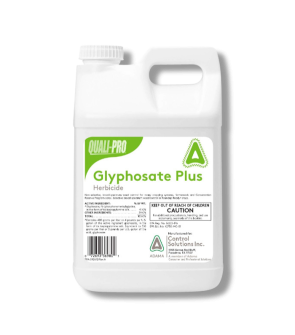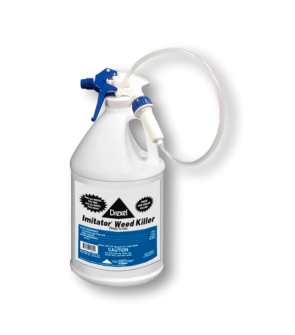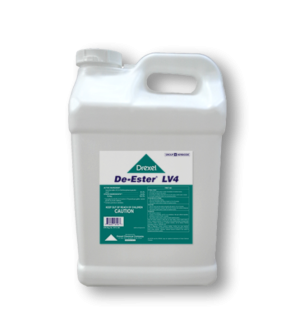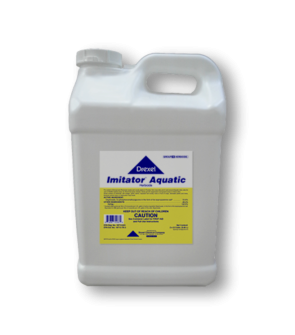Gain access to personalized product screening, the best pricing, rewards, and more!
Most Effective Products
Poison Sumac Control: How To Get Rid of Poison Sumac
Some weeds can be concerning because they are unsightly or grow out of control, and then there are woody weeds that are a concern because they cause allergic reactions to anyone who comes in contact with them, like poison sumac. Poison sumac is a notorious plant due to the rashes it forms, but most people don't know much else about it.
Poison Sumac is poisonous all year round and at every phase of growth. Aside from the pollen, all parts of the plant contain urushiol, a toxin also found in poison oak and poison ivy. This toxin causes irritation and blistering of the skin. Urushiol can easily come off the plant and come into contact with skin either by touching the plant or indirectly touching things that have come into contact with poison sumac (clothing, tools, animals, firewood).
If poison sumac is on your property and you want it gone, we can help. Our lawn care experts have compiled a DIY poison sumac treatment guide that will show you step-by-step how to kill poison sumac effectively using our professional-grade herbicide products.
Identification

Before you can carry out a control program for poison sumac, it's important to know what Poison sumac looks like and to confirm that it is, indeed, the plant you are encountering. Careless identification can lead to using the wrong treatment methods, which in turn will lead to a waste of time and money. Here are traits to observe when identifying poison sumac:
- Poison sumac can be a large shrub or small tree that can reach mature heights of up to 20 feet, but it usually tops at 5 or 6 feet.
- The stems are smooth and red, and the leaves are arranged in 7 to 13 pairs of glossy green leaflets, often with pale green undersides and rounded edges. The leaf stems are always red.
- The bark is gray and smooth. Poison sumac has small yellowish-green flowers that produce grayish-white colored berries arranged in thin drooping clusters where the leaf stems meet with the branches.
- Poison sumac trees like to grow in wet, swampy areas or along shorelines. The plant is most commonly found around the Great Lakes and coastal plains, but it has also reached areas far West past Texas.
- Some types of sumac look similar to poison sumac but are harmless. These varieties are smooth sumac, staghorn sumac, and dwarf Sumac. These species are found in drier conditions than where poison sumac likes to grow in more swampy wet soils. All three harmless species bear red fruits that form a unique terminal seed head together.
- The dead giveaway you are dealing with is poison sumac; however, when touched, Poison Sumac will cause a painfully itchy allergic reaction to the skin due to the oily resin called urushiol.
Use the image and the description above to help you identify poison sumac on your property. If you are unsure whether you have poison sumac, contact us, and we will help you properly identify the plant and offer herbicide recommendations for control.
Inspection

Once you have confirmed that you are dealing with poison sumac, you can proceed with the inspection. During this phase, you will locate the areas where poison sumac is growing and the conditions allowing the weed to thrive. This will help you determine where to focus your herbicide applications.
Where to Inspect
Inspect the area to see just how big of an outbreak you have of this plant. Poison sumac can grow anywhere but thrives where the soil is moist and is most commonly prevalent near swamps, marshes, and river and pond shorelines.
What To Look For
Poison sumac stems along the leaflets are red, and the leaves can have a reddish hue, particularly at the top of the plant. The new bark for a poison sumac tree is a light gray, and as the bark ages, it becomes darker. Poison sumac has greenish flowers that grow in loose panicles and bear a creamy white fruit that's part of a cluster.
Treatment
Before you proceed with control methods of eliminating Poison Sumac, be sure that you are properly geared up for the occasion. We recommend that you wear long pants, long sleeves, gloves, and boots, covering as much skin as possible. You do not want poison-sumac on your skin, and you don't want to get chemicals on you either accidentally.
We recommend using a non-selective herbicide like Glyphosate 4 Plus Weed Killer Concentrate, which will easily kill poison sumac. For the best results, cut the plant back to a foot or so above ground level and apply a generous amount of the chemical.
Step 1: Mix and Apply Glyphosate

Calculate the square footage of the treatment area to determine how much Glyphosate 4 you will need. Measure the treatment area's length and width and multiply them together (length X width = square footage).
The label states that for poison sumac, you must apply a 1 to 2% solution (2 to 4 quarts) per acre in a water volume between 3 to 40 gallons.
Prepare an herbicide spray mix of the appropriate amount of Glyphosate for a pump sprayer. We also recommend adding a Vison Pro Max spray marking dye to mark plants that have been sprayed and to tell if you are getting sufficient herbicide on the plant.
Sprays must contact the leaves to be effective. However, care must be exercised when using Glyphosate since most shrubs, garden plants, and other desired plants that come in contact with the herbicide will be killed. Glyphosate may not prove total control from a single treatment, so you may need to make follow-up applications until the Poison Sumac is completely gone.
Prevention
Closely monitor your yard to check if poison sumac returns. This should especially be done in the spring and summer since poison sumac is actively growing. Follow the suggested preventative measures to ensure this weed does return:
- If patches begin to pop up, spray them with Glyphosate or yank them out by hand. Again, be careful when using gloves and thoroughly wash them afterward.
Key Takeaways
What is Poison Sumac?
- Poison sumac is an invasive leafy shrub that likes to grow on moist soils and causes a very irritating rash wherever the leaves are touched. It can deliver a painful burning sensation that requires medical attention.
How To Get Rid of Poison Sumac
- To treat poison sumac, apply a post-emergent treatment of Glyphosate.
Preventing Poison Sumac Reinfestation
- Prevent poison sumac from returning by monitoring your yard periodically and killing or pulling out any young poison sumac plants that may start to grow.






